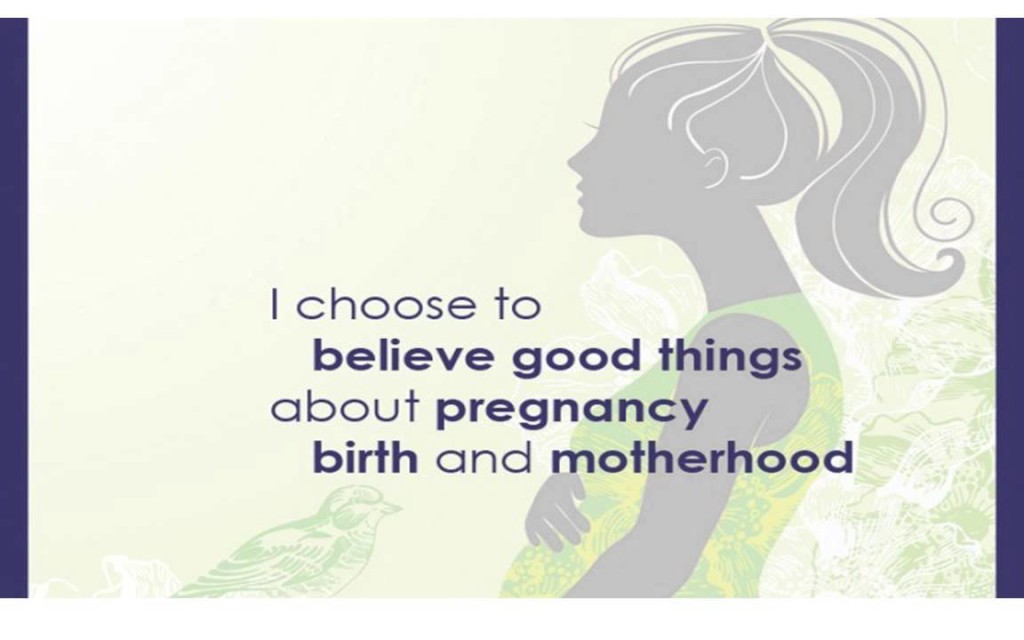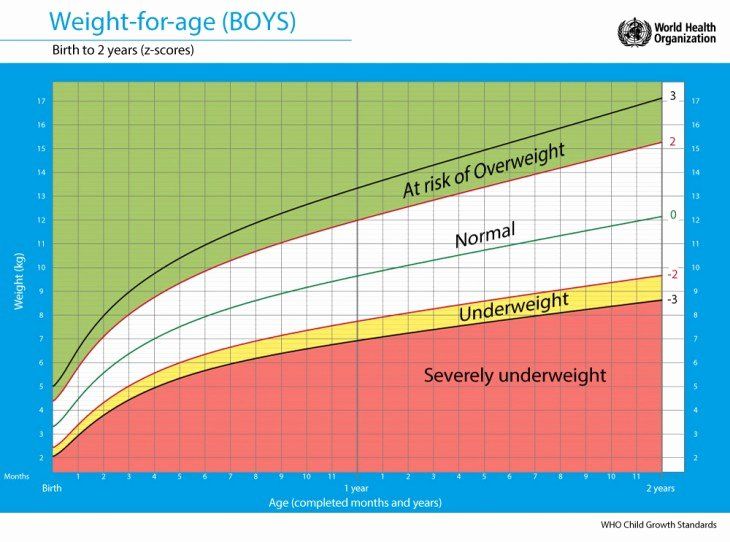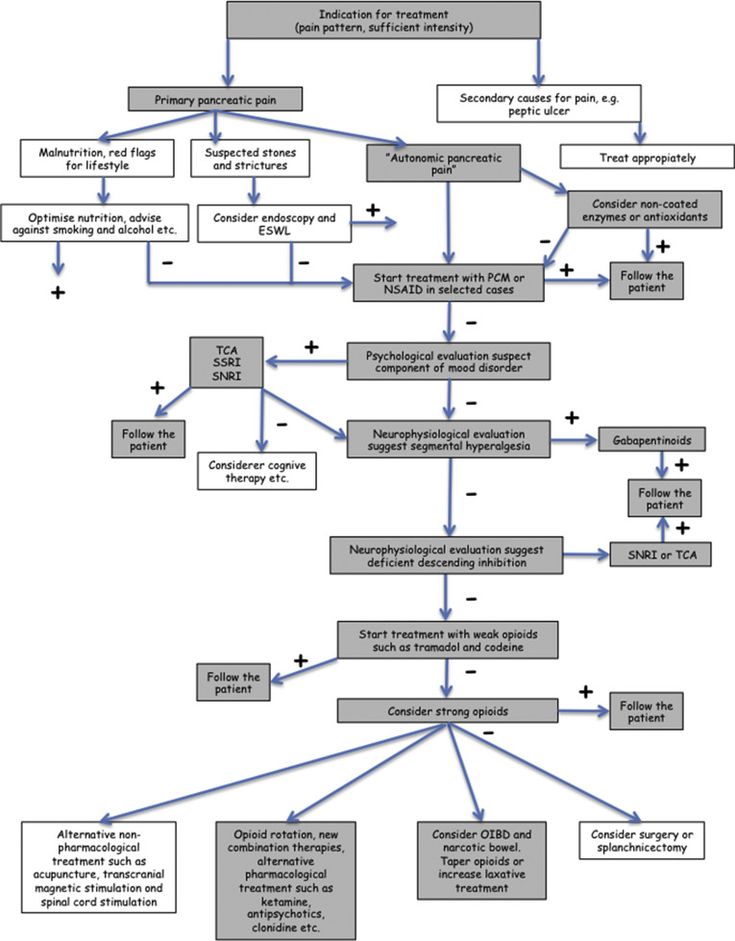Cultural beliefs about pregnancy and birth
Cultural practices and preferences when having a baby
Cultural practices and preferences when having a baby | Pregnancy Birth and Baby beginning of content4-minute read
Listen
Depending on your social, religious and cultural background, you may have certain needs and expectations when you are having a baby. In Australia, each woman is given choices about where and how she has her baby, and there are many services to help support women from different cultures.
Culture, pregnancy and childbirth
Different cultures have different values, beliefs and practices. A woman’s cultural background can affect her needs and expectations during pregnancy and childbirth, as well as how she and her family raise children.
Many women giving birth in Australia believe it’s important to follow the traditional pregnancy and birth practices of their culture.
For example:
- During pregnancy, women from some cultures do not eat certain foods.
- During labour, women from some cultures avoid moving too much; some stay lying down, some prefer to sit or squat.
- In some cultures, the father does not attend the birth, but the mother or mother-in-law does.
- After childbirth, some women follow strict rules, such as staying in bed for several days.
How pregnant women are cared for in Australia
In Australia, antenatal care (the care given to a woman during pregnancy and at the time of birth) is ‘woman-centred’. This means it is focused on the woman and her needs.
When you have a baby in Australia, you are given a lot of choice. For example, you can choose where you want to give birth (in a hospital, birth centre, or at home), and you can choose publicly or privately-funded care. You can also say whether you would prefer a female doctor or midwife, although this may not always be possible, especially in an emergency situation.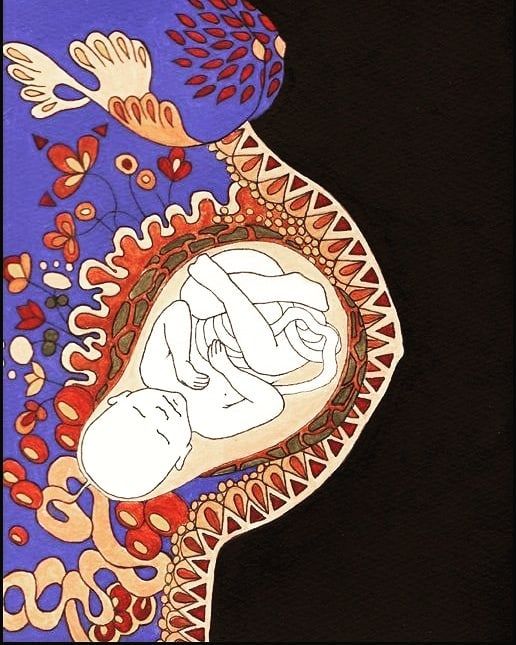
The health professionals caring for you will ask you many questions to make sure they understand what you need and want. They will also give you information and encourage you to ask questions. When decisions need to be made about your care, they will encourage you to be involved. If you wish, they will also talk with others, such as your partner, sister or mother.
Women with special cultural needs
It is your right in Australia to have healthcare that is suited to your cultural needs. This means that healthcare professionals and hospitals will respect your wishes as much as possible.
Many antenatal clinics (clinics in hospitals that care for pregnant women) provide special services for women with specific cultural needs. These include cultural liaison officers who can help explain your needs to health professionals and provide you with extra support both before and after the birth.
In most states and territories, multicultural health workers and Aboriginal and Torres Strait Islander health workers are available to help you with things like choosing an antenatal clinic, getting to appointments, and finding relevant services and support groups in your area.
There are often other community services available, too. For example, if you are an Aboriginal or Torres Strait Islander woman, you may have a local Aboriginal and Maternal Infant Health Service near you. If you are a refugee, your local community health service may have a Refugee Health Nurse.
Talk to your doctor to find out what is available in your area. You can also search Australian health services.
Communicating your needs and preferences
It’s very important that you clearly explain your needs and preferences to the health professionals who will be looking after you and your baby. If you need help with language, ask for a health interpreter.
Hospitals in Australia provide free access to interpreters, either in person or over the phone, to make sure you and your healthcare team understand each other clearly.
It is better to use a trained health interpreter rather than a family member, where possible, so that there are no misunderstandings about some of the more complicated healthcare issues.
Help and support
Having a baby can be a stressful time. It can be particularly hard if your family is overseas or you are newly arrived in Australia. For help and support, you can:
- call Pregnancy, Birth and Baby on 1800 882 436 to talk to a maternal child health nurse
- talk to your local doctor or midwife
- use government support services in your area — for example, multicultural services such as migrant resource centres, and Aboriginal and Torres Strait Islander Services such as Aboriginal health centres
- get involved in a community group, where other women can help you connect to the traditions, ceremonies and rituals of your culture; ask your local council about relevant services in your area
Sources:
NSW Health (Having a Baby), Royal Australian and New Zealand College of Obstetricians and Gynaecologists (Maternity care in Australia), Queensland Health (Cultural dimensions of pregnancy, birth and post-natal care), Department of Health (Pregnancy care for migrant and refugee women), Department of Health (Providing woman-centred care), Department of Health (Pregnancy care for Aboriginal and Torres Strait Islander Women)Learn more here about the development and quality assurance of healthdirect content.
Last reviewed: June 2021
Back To Top
Related pages
- Support for parents
- Family health services for you and your baby
- Support for migrants to Australia
- Cultural differences when raising children
Need further advice or guidance from our maternal child health nurses?
1800 882 436
Video call
- Contact us
- About us
- A-Z topics
- Symptom Checker
- Service Finder
- Linking to us
- Information partners
- Terms of use
- Privacy
Pregnancy, Birth and Baby is funded by the Australian Government and operated by Healthdirect Australia.
Pregnancy, Birth and Baby is provided on behalf of the Department of Health
Pregnancy, Birth and Baby’s information and advice are developed and managed within a rigorous clinical governance framework. This website is certified by the Health On The Net (HON) foundation, the standard for trustworthy health information.
This site is protected by reCAPTCHA and the Google Privacy Policy and Terms of Service apply.
This information is for your general information and use only and is not intended to be used as medical advice and should not be used to diagnose, treat, cure or prevent any medical condition, nor should it be used for therapeutic purposes.
The information is not a substitute for independent professional advice and should not be used as an alternative to professional health care. If you have a particular medical problem, please consult a healthcare professional.
Except as permitted under the Copyright Act 1968, this publication or any part of it may not be reproduced, altered, adapted, stored and/or distributed in any form or by any means without the prior written permission of Healthdirect Australia.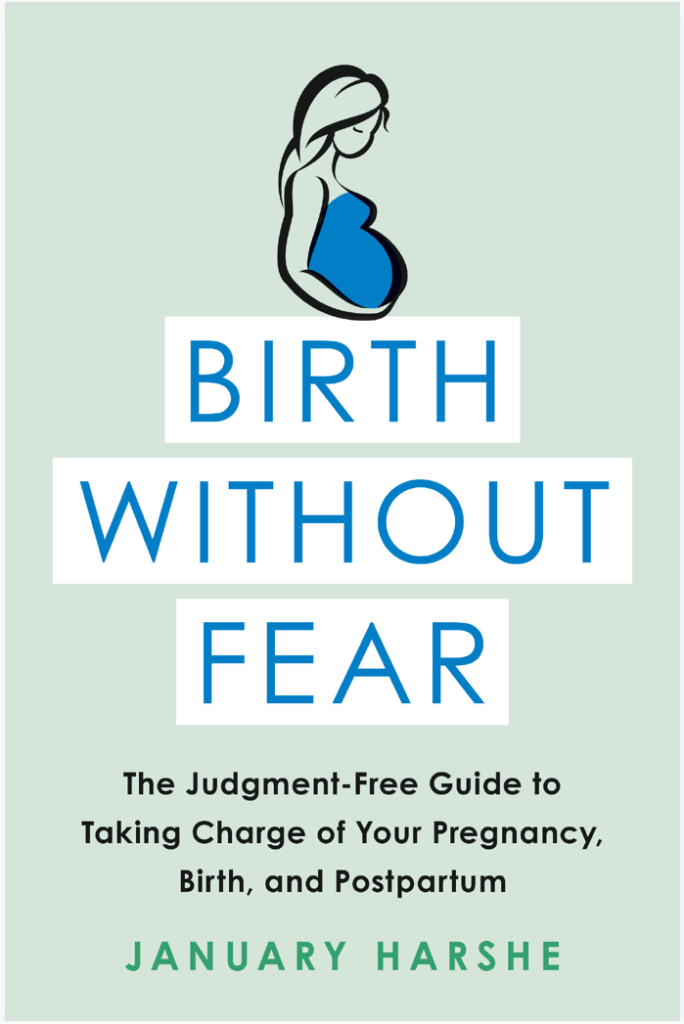
Support this browser is being discontinued for Pregnancy, Birth and Baby
Support for this browser is being discontinued for this site
- Internet Explorer 11 and lower
We currently support Microsoft Edge, Chrome, Firefox and Safari. For more information, please visit the links below:
- Chrome by Google
- Firefox by Mozilla
- Microsoft Edge
- Safari by Apple
You are welcome to continue browsing this site with this browser. Some features, tools or interaction may not work correctly.
Traditional beliefs and practices in pregnancy, childbirth and postpartum: A review of the evidence from Asian countries
Review
. 2018 Jan;56:158-170.
doi: 10.1016/j.midw.2017.10.019. Epub 2017 Nov 11.
Mellissa Withers 1 , Nina Kharazmi 2 , Esther Lim 3
Affiliations
Affiliations
- 1 University of Southern California Keck School of Medicine, 2001 North Soto Street SSB 318G, Los Angeles, CA 90089, USA. Electronic address: [email protected].
- 2 University of Southern California Keck School of Medicine, 2001 North Soto Street SSB 318G, Los Angeles, CA 90089, USA. Electronic address: [email protected].
- 3 University of Southern California Keck School of Medicine, 2001 North Soto Street SSB 318G, Los Angeles, CA 90089, USA. Electronic address: [email protected].
- PMID: 29132060
- DOI: 10.
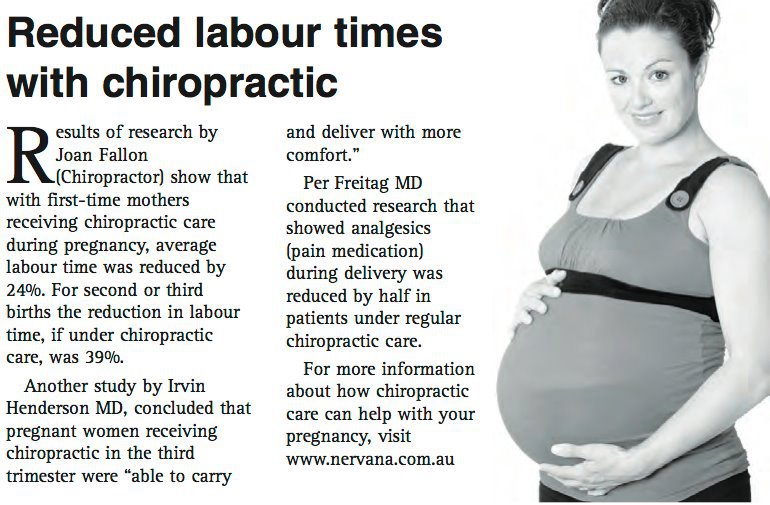 1016/j.midw.2017.10.019
1016/j.midw.2017.10.019
Review
Mellissa Withers et al. Midwifery. 2018 Jan.
. 2018 Jan;56:158-170.
doi: 10.1016/j.midw.2017.10.019. Epub 2017 Nov 11.
Authors
Mellissa Withers 1 , Nina Kharazmi 2 , Esther Lim 3
Affiliations
- 1 University of Southern California Keck School of Medicine, 2001 North Soto Street SSB 318G, Los Angeles, CA 90089, USA. Electronic address: [email protected].
- 2 University of Southern California Keck School of Medicine, 2001 North Soto Street SSB 318G, Los Angeles, CA 90089, USA.
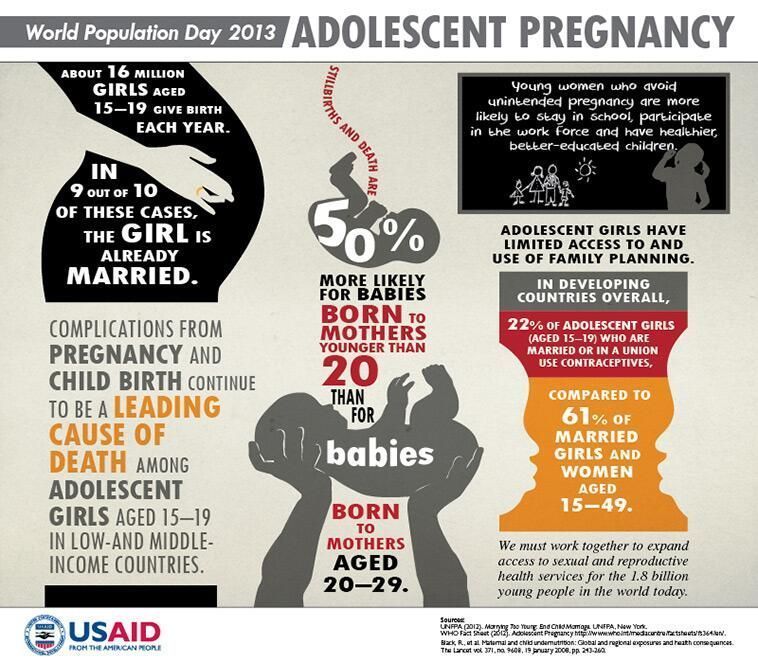 Electronic address: [email protected].
Electronic address: [email protected]. - 3 University of Southern California Keck School of Medicine, 2001 North Soto Street SSB 318G, Los Angeles, CA 90089, USA. Electronic address: [email protected].
- PMID: 29132060
- DOI: 10.1016/j.midw.2017.10.019
Abstract
Introduction: Asian women suffer the largest proportion of the world's maternal deaths. To reduce this, policymakers and healthcare providers must encourage women with traditionally low rates of maternal health care utilization to access services.
Objective: The purpose of this study is to provide a comprehensive review of the most common traditional practices in Asia relating to pregnancy, childbirth and the postpartum period.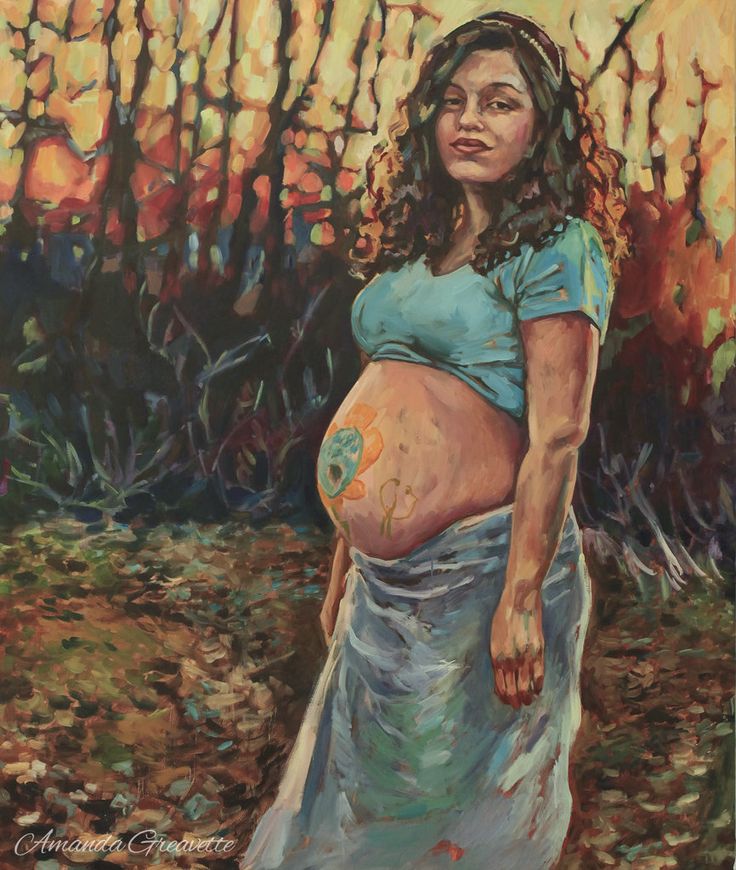
Design: We conducted a literature search of articles: a) focusing on Asia; b) relating to pregnancy, childbirth or postpartum, c) relating to traditional beliefs and/or cultural practices; and 4) published in English in the year 2000 or more recently.
Findings: A total of 74 articles are included in this review; 20 articles related to pregnancy, 44 to childbirth, and 45 to postpartum. More than one-half (38) of the articles focused on South Asia and 13 related to China. In the pregnancy category, the majority of the studies focused on dietary recommendations and behavioral taboos. For the childbirth category, many articles examined beliefs and practices that helped to explain women's aversion to institutional births, such as preference for traditional birth positions, and fear of medical interventions. In the postpartum period, confinement was common because postpartum women were perceived to be weak, fragile and vulnerable to illness. Other prevalent beliefs and practices across Asian countries included massage, the state of pollution after childbirth, the use of traditional healers and traditional medicine and herbs, beliefs relating to hot/cold imbalance, behavioral taboos, magic, and superstition.
Other prevalent beliefs and practices across Asian countries included massage, the state of pollution after childbirth, the use of traditional healers and traditional medicine and herbs, beliefs relating to hot/cold imbalance, behavioral taboos, magic, and superstition.
Key conclusions: Many Asian women continue to practice a wide range of traditional beliefs and practices during pregnancy, childbirth, and the postpartum period. More information is needed on the benefits of formal maternal healthcare services; such educational programs should be geared towards not only women but also husbands, parents, and in-laws. By recognizing and appreciating common local beliefs, providers can be better positioned to provide culturally competent care. Instead of reducing the choices available to women during the birth experience, providers should understand, respect, and integrate cultural interpretations of childbirth and the needs of women and their families.
Copyright © 2017 Elsevier Ltd. All rights reserved.
Similar articles
-
How natural is the supernatural? Synthesis of the qualitative literature from low and middle income countries on cultural practices and traditional beliefs influencing the perinatal period.
Raman S, Nicholls R, Ritchie J, Razee H, Shafiee S. Raman S, et al. Midwifery. 2016 Aug;39:87-97. doi: 10.1016/j.midw.2016.05.005. Epub 2016 May 10. Midwifery. 2016. PMID: 27321725 Review.
-
Beliefs and practices regarding delivery and postpartum maternal morbidity in rural Bangladesh.
Goodburn EA, Gazi R, Chowdhury M. Goodburn EA, et al. Stud Fam Plann. 1995 Jan-Feb;26(1):22-32. Stud Fam Plann. 1995. PMID: 7785065
-
Dirty and 40 days in the wilderness: Eliciting childbirth and postnatal cultural practices and beliefs in Nepal.
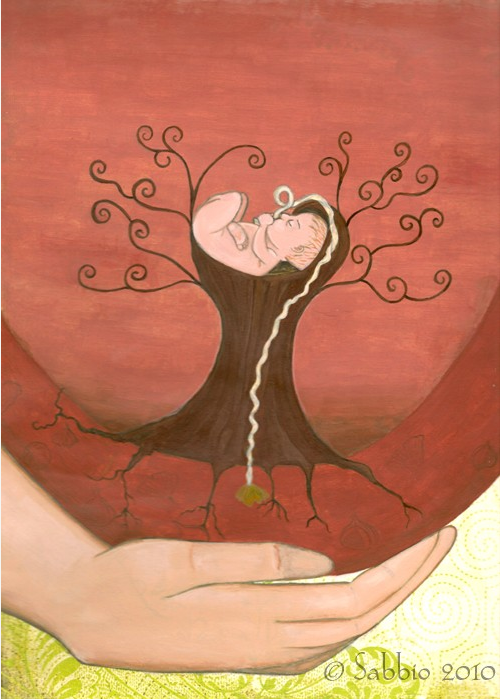
Sharma S, van Teijlingen E, Hundley V, Angell C, Simkhada P. Sharma S, et al. BMC Pregnancy Childbirth. 2016 Jul 5;16(1):147. doi: 10.1186/s12884-016-0938-4. BMC Pregnancy Childbirth. 2016. PMID: 27381177 Free PMC article. Review.
-
Eating soup with nails of pig: thematic synthesis of the qualitative literature on cultural practices and beliefs influencing perinatal nutrition in low and middle income countries.
Raman S, Nicholls R, Ritchie J, Razee H, Shafiee S. Raman S, et al. BMC Pregnancy Childbirth. 2016 Jul 28;16(1):192. doi: 10.1186/s12884-016-0991-z. BMC Pregnancy Childbirth. 2016. PMID: 27464710 Free PMC article. Review.
-
Childbirth traditions and cultural perceptions of safety in Nepal: critical spaces to ensure the survival of mothers and newborns in remote mountain villages.
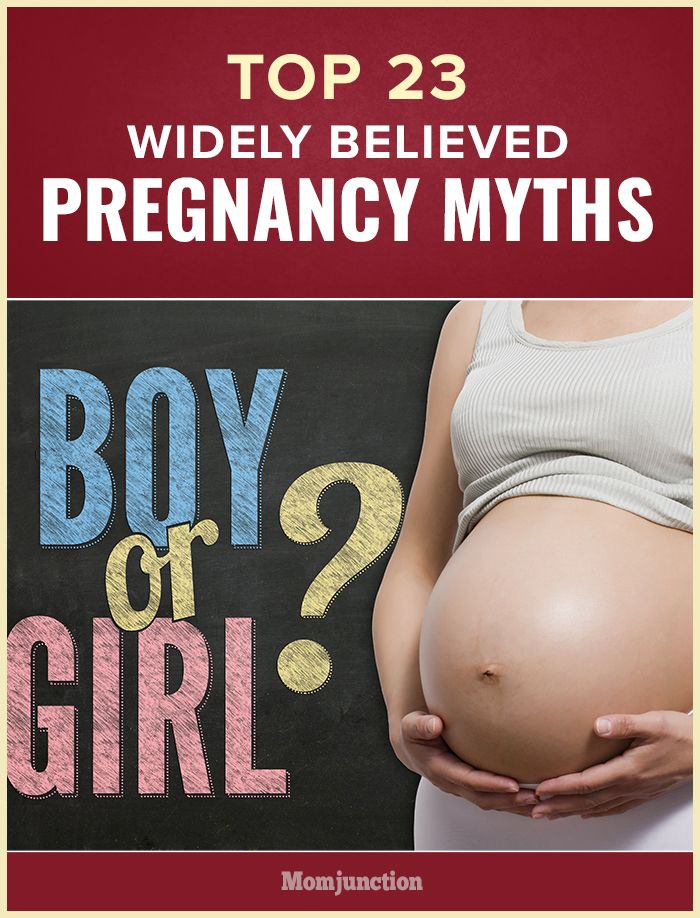
Kaphle S, Hancock H, Newman LA. Kaphle S, et al. Midwifery. 2013 Oct;29(10):1173-81. doi: 10.1016/j.midw.2013.06.002. Epub 2013 Jul 8. Midwifery. 2013. PMID: 23845450
See all similar articles
Cited by
-
Prevalence of harmful traditional practices during pregnancy and associated factors in Southwest Ethiopia: a community-based cross-sectional study.
Tesfaye M, Solomon N, Getachew D, Biru YB. Tesfaye M, et al. BMJ Open. 2022 Nov 4;12(11):e063328. doi: 10.1136/bmjopen-2022-063328. BMJ Open. 2022. PMID: 36332962 Free PMC article.
-
Use of Galactagogues in a Multi-Ethnic Community in Southeast Asia: A Descriptive Study.
Tan ML, Foong SC, Foong WC, Ho JJ.
 Tan ML, et al. Int J Womens Health. 2022 Sep 22;14:1395-1404. doi: 10.2147/IJWH.S366288. eCollection 2022. Int J Womens Health. 2022. PMID: 36172202 Free PMC article.
Tan ML, et al. Int J Womens Health. 2022 Sep 22;14:1395-1404. doi: 10.2147/IJWH.S366288. eCollection 2022. Int J Womens Health. 2022. PMID: 36172202 Free PMC article. -
The Lived Experiences of Women without COVID-19 in Breastfeeding Their Infants during the Pandemic: A Descriptive Phenomenological Study.
Yip KH, Yip YC, Tsui WK. Yip KH, et al. Int J Environ Res Public Health. 2022 Aug 2;19(15):9511. doi: 10.3390/ijerph29159511. Int J Environ Res Public Health. 2022. PMID: 35954868 Free PMC article.
-
What topics are women interested in during pregnancy: exploring the role of social media as informational and emotional support.
Lee JY, Lee E. Lee JY, et al. BMC Pregnancy Childbirth. 2022 Jun 26;22(1):517.
 doi: 10.1186/s12884-022-04842-5. BMC Pregnancy Childbirth. 2022. PMID: 35754031 Free PMC article.
doi: 10.1186/s12884-022-04842-5. BMC Pregnancy Childbirth. 2022. PMID: 35754031 Free PMC article. -
Postpartum Diet and the Lifestyle of Korean and Chinese Women: A Comparative Study.
Li J, Gray HL, Kim S, Park H, Lee Y, Lee H, Song K. Li J, et al. Front Public Health. 2022 Apr 6;10:803503. doi: 10.3389/fpubh.2022.803503. eCollection 2022. Front Public Health. 2022. PMID: 35462835 Free PMC article.
See all "Cited by" articles
Publication types
MeSH terms
4.1. Concepts of pregnancy and childbirth in traditional culture
174
In this section, we will consider the rituals of the children's cycle not only through the prism of folklore materials, but also the system of mythological ideas and beliefs expressed in ritual acts. Analysis of the home cycle is impossible outside the context of popular beliefs that permeate the entire ritual and mythological complex of the children's cycle.
Analysis of the home cycle is impossible outside the context of popular beliefs that permeate the entire ritual and mythological complex of the children's cycle.
In Tuvan culture, it was customary for women to hide their pregnancy from strangers in the first months because of the fear of the evil eye and premature difficult births. Hiding information about pregnancy from strangers was one of the important characteristics of the first stage. Future parents for an unborn child have never prepared children's things and cradles in advance. It was believed that things prepared in advance could lead to some kind of misfortune or premature birth. The same ideas are typical for the Mongolian peoples [Basaeva, 1991; Basangova, 2007]. In every possible way they avoided talking about the unborn child, did not talk about the timing of pregnancy and the date of the expected birth. It was also forbidden to come up with a name for the unborn child, since it was believed that the date, month, hour of the child's birth play a significant role in choosing the name of the baby.
According to the accepted speech etiquette, in relation to pregnant Chinese Tuvans used euphemisms that denoted a temporary special state of a woman: iyi kaat (lit. "double"), holu-budu aar (heavy arms and legs), duktug (hairy). The word chүktug (with a load, with a burden) in relation to a pregnant woman is also used by the Kazakhs of China. The listed metaphorical vocabulary, which exists among Chinese Tuvans, shows ideas about a pregnant woman and contains the semantics “full, not empty”, since it carries a new life.
From the point of view of mythologization, the word duktug (hairy) endows a pregnant woman during the period of expectation of a baby with otherness, signs of
175
other non-human beings. Of interest is the phrase "aartap kalgan" (lit. "became heavy"), denoting the state of a woman at the end of pregnancy, which indicates the approach of her birth date, the imminent completion of this period.
The same ideas are characteristic of other Tuvan ethno-local groups. A pregnant woman among Russian Tuvans is usually called choon "fat", ishtig "full", among Mongolian Tuvans bodu bagai (literally "she is bad"), adaa aartaan (literally "the bottom became heavy"), kaat kizhi (literally "double man"), buvaalyg bolgan (lit. "with a child inside"), bodu nasher (lit. "weak himself"), hol-budu aartap kalgan (lit. "arms and legs became heavy") [Gansukh, 2009, p.163], which is typical for all Tuvan ethno-local groups.
A pregnant woman among Russian Tuvans is usually called choon "fat", ishtig "full", among Mongolian Tuvans bodu bagai (literally "she is bad"), adaa aartaan (literally "the bottom became heavy"), kaat kizhi (literally "double man"), buvaalyg bolgan (lit. "with a child inside"), bodu nasher (lit. "weak himself"), hol-budu aartap kalgan (lit. "arms and legs became heavy") [Gansukh, 2009, p.163], which is typical for all Tuvan ethno-local groups.
For a woman expecting a baby, due to her special condition, there were certain prohibitions. This concerned various areas: ritual, economic, precautionary measures, speech and eating behavior. For example, she was not allowed to step over ropes (argamchi), step over the extinguished embers of a fire, sit on the threshold, knit or crochet, she should not attend funerals and commemoration, refrain from appearing in places where there is a large gathering of people. Similar ideas are found among the peoples of Siberia: Altaians, Khakasses, Shors, Russian Tuvans [Shatinova, 1981; Kustova, 2000; Potapov, 1969; Kenin-Lopsan, 2006].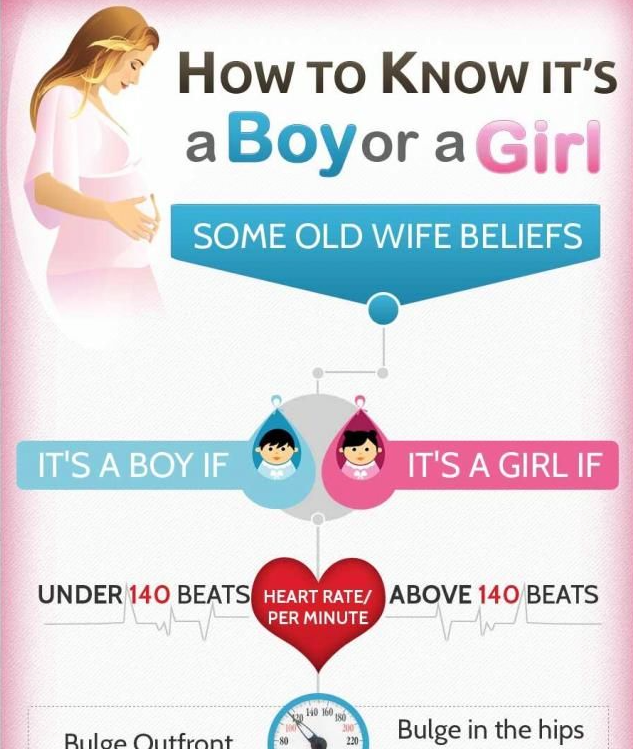
The speech behavior of a pregnant woman was considered especially important. In order not to harm her child, she had to control her speech, not to enter into quarrels with anyone, not to speak derogatory words towards people. In addition, the behavior of a pregnant woman in relation to domestic animals was also regulated: she was forbidden to beat, kick, and speak swear words. Slavic peoples also had similar ideas, who believed that “a woman’s verbal behavior affects the qualities and properties of the child she gives birth to, especially his ability to speak and pronounce sounds correctly” [Sedakova, 2007, p.135].
176
For a successful outcome of childbirth and the birth of healthy offspring, certain prohibitions must also be observed by the future father of the child. This was mainly manifested in his actions and deeds during fishing activities. So, he should not kill female and young animals. According to the ideas of the Tuvans, “... animals that have an unusual appearance or stand out with something special among other animals were considered spirits and owners of the area, therefore, according to unwritten rules, it was strictly forbidden to hunt them” [MLPT, 2010, p. 313]. It is believed that during this period, for the future father, these taboos acquired even greater significance compared to ordinary times.
In popular culture, pregnant women were forbidden to eat certain foods. According to the mythological ideas of the Tuvans, it was believed that the expectant mother should not include hare and fish in her diet. There was a belief that a newborn could adopt some of the physiological traits and qualities of these animals: a hare has a split lip, and a fish cannot speak. Similar views can be traced among other Turkic peoples of Siberia: Altaians, Shors, Khakasses [Alekseev, 1980; Kustova, 2000]. For example, among the Khakass, a pregnant woman was forbidden not only to eat hare, but also “it was impossible to look at a hare so that the child would not have a hare lip”
[Kustova, 2000, p.28].
At the same time, despite the food prohibitions for the expectant mother, among Chinese Tuvans, the gastronomic whims of a pregnant woman were satisfied, if she wanted any food, they tried not to refuse her anything, they believed that they were connected with the needs of the future child.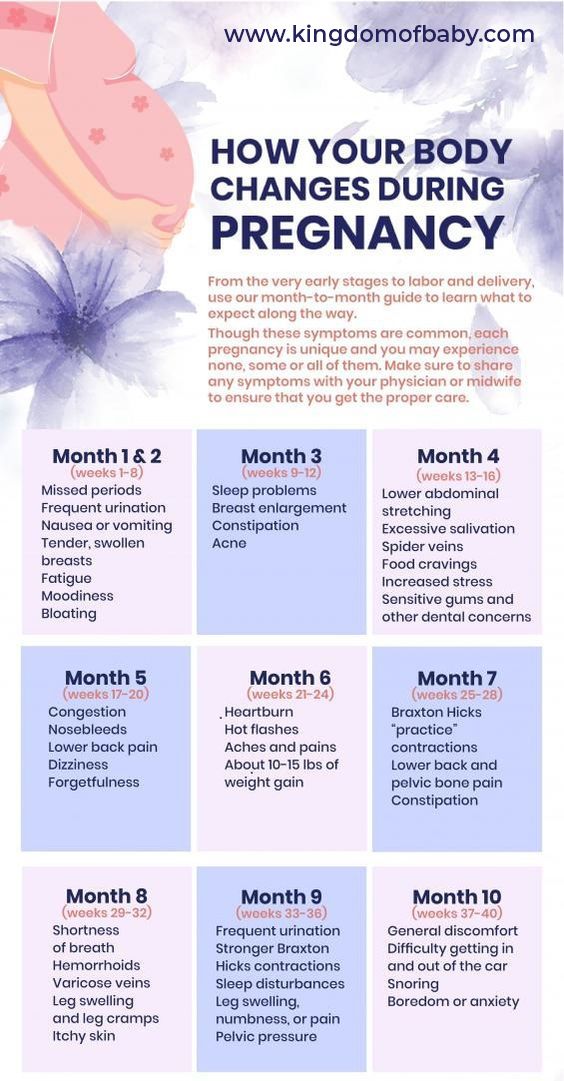 The same notions are characteristic of the Khakass: “Especially for her, they could slaughter a sheep in the spring and summer, when usually sheep are not slaughtered for meat because of thinness, or they went hunting in order to get meat for a broth for a woman in labor” [Butanaev, 2006, p.423]. In addition, the woman awaiting childbirth was also engaged in ordinary household chores, but from the side of the people around her, she was given special attention and care.
The same notions are characteristic of the Khakass: “Especially for her, they could slaughter a sheep in the spring and summer, when usually sheep are not slaughtered for meat because of thinness, or they went hunting in order to get meat for a broth for a woman in labor” [Butanaev, 2006, p.423]. In addition, the woman awaiting childbirth was also engaged in ordinary household chores, but from the side of the people around her, she was given special attention and care.
177
In traditional Tuvan culture, a pregnant woman was monitored to determine the sex of the unborn child. The sex of the baby was determined by the shape of the belly of the expectant mother. If the belly was round, then the birth of a girl was predicted; if the shape of the belly was flat, a boy was expected.
According to the memoirs of elderly Tuvans, until recently (1980) women gave birth at home, and the birth was attended by a midwife (kindik avasy). As a midwife, a woman was chosen who not only had good knowledge in obstetrics, but also, most importantly, who had her own healthy children, who was reputed to have a calm disposition.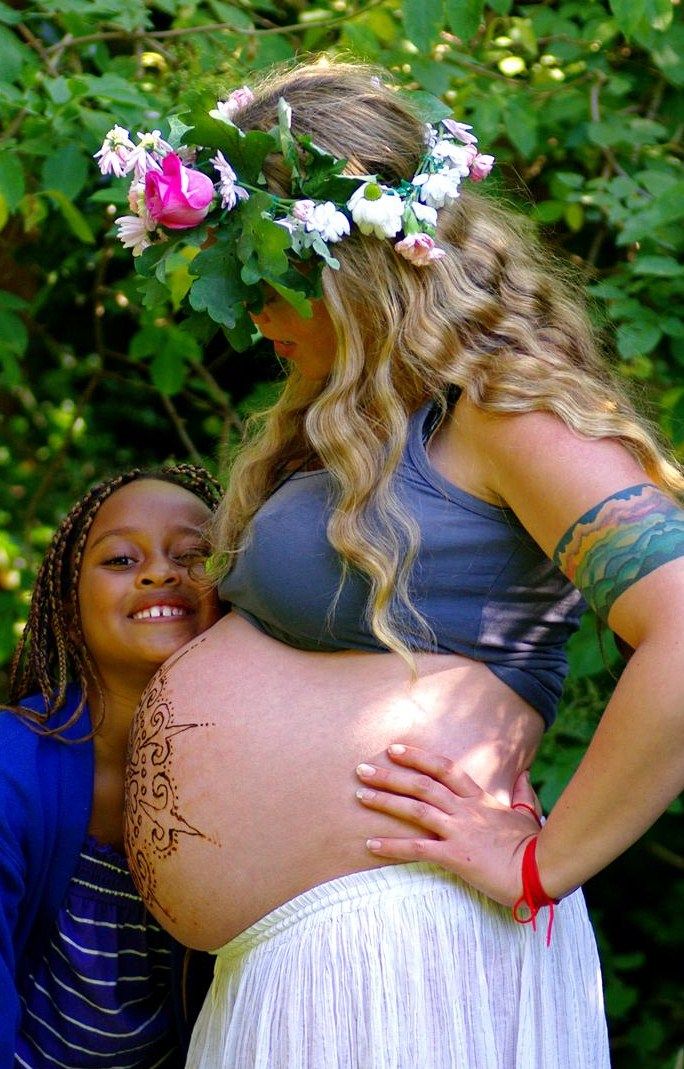 It was these qualities, according to the ideas of the Tuvans, that should have influenced the outcome of a successful birth.
It was these qualities, according to the ideas of the Tuvans, that should have influenced the outcome of a successful birth.
During a difficult birth, various actions of the action plan were carried out to make the birth easier. For example, during protracted childbirth, the most effective way “like causes like” was to untie the ropes, loosen the hair of the woman in labor, open chests-aptara. The Russian Tuvans also practiced the same actions: “... to alleviate the suffering of a woman in labor, they opened chests, lockers, doors in the house and untied knots” [TNVS, 2008, p. 46]. In addition, actions with noise effects were also performed. For example, in order to frighten a woman in labor so that she gives birth, men fired guns. According to the observations of ethnographers, similar actions were carried out by the Siberian peoples: Altaians, Tuvans, Khakasses, Yakuts. “During difficult childbirth, the Yakuts opened all the locks in the yurt, barn, untied the knots of tied belts, untwisted braids and shook the woman in labor” [Alekseev, 1980, p.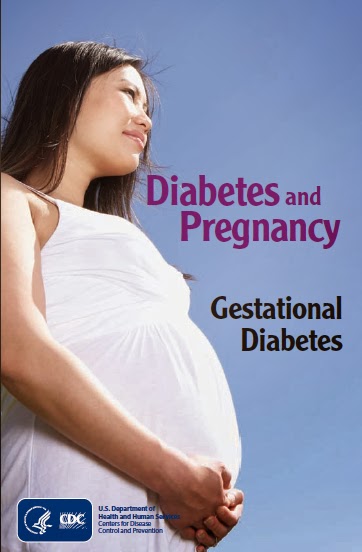 138]. For the Khakas, “this is, first of all, untying all belts, sashes, knots on other objects, opening chests, locks, unweaving braids” [Kustova, 2000, p.30]. Typological similarity is also manifested with the peoples of foreign Europe. For example, among the Poles, when childbirth began, “it was necessary to untie all the knots on the clothes of the pregnant woman, unfasten the buttons, remove the rings, curtain the windows in the house, open the doors of cabinets, shelves, chests”
138]. For the Khakas, “this is, first of all, untying all belts, sashes, knots on other objects, opening chests, locks, unweaving braids” [Kustova, 2000, p.30]. Typological similarity is also manifested with the peoples of foreign Europe. For example, among the Poles, when childbirth began, “it was necessary to untie all the knots on the clothes of the pregnant woman, unfasten the buttons, remove the rings, curtain the windows in the house, open the doors of cabinets, shelves, chests”
[Gantskaya, 1997, p.13].
178
Based on Russian traditions T.Yu. Vlaskina, analyzing similar actions during labor pains, notes: “The main meaning of the listed manipulations is not only in the mythologization of boundaries, characteristic of transitional rites in general, but also in depriving a woman of all cultural and social characteristics, turning her into a liminal being, liberation (“ unleashing") of the productive forces inherent in nature. These actions were supposed, based on the principles of imitative magic, to cause a similar reaction in the body of the woman in labor, establishing a parallel between it (the body) and the microcosm of the dwelling" [Vlaskina, 1997, p. 61-78].
61-78].
Previously, the Chinese Tuvans, like the Tuvans of Russia, used to give birth in a yurt. The process of childbirth was denoted by the phrase ool үndүrүүr (lit. "release the child"). Tuvan women gave birth on their knees, holding on to a tyrtyg-cord stretched along the yurt (Suyul, 2016, Bubayak, 2010). “Later, during the Cultural Revolution, this method was recognized as a relic of the past and, moreover, harmful to both the woman in labor and her newborn baby. Therefore, women were forced to refuse it” [Mongush, 1997, p.22]. The midwife cut the umbilical cord with cutting objects, depending on the sex of the child. If a girl, then scissors were used, and for a boy, a knife. The length of the remainder of the umbilical cord, which affects the character of the child, also matters. According to folk beliefs, a cut too short umbilical cord could be the cause of a future bad character.
In the language of Chinese Tuvans, successful childbirth is described by the following idioms: “karaa chyraan” (eyes lit up), “chiigep algan” (freed from burden), “holu-budu chiigeen” (hands and feet became light), which fully corresponds to stable language cliché of maternal tradition.
Chinese Tuvans call their firstborn son tongush oglu, Russian Tuvans call them dun ool, dun urug. In traditional culture, there is a special relationship with firstborns. It was believed that the first child contains the grace of other unborn children. If he is healthy and strong, then the rest of the children will be the same as the first child born in the family. According to G.E.
179
Grumma-Grzhimailo, among Tuvans “the most crowded “toy”, for which the young couple gradually and for a long time prepares, gathers in honor of the firstborn, while the birth of other children is celebrated less crowded ...” [2007, p. 599].
If Russian Tuvans say urug (girl) in relation to both a girl and a boy, then for Chinese Tuvans urug is a word that applies only to girls. The common word for both boys and girls is ool (son), ool urug (daughter).
In folk tradition, the postpartum period was considered an extremely dangerous time for the mother and newborn child. Since at that time the woman's body was recovering after childbirth, she was forbidden to do housework. Then the midwife remained an indispensable person who visited the woman in labor every day, helping her in the household affairs of the family. The help of a midwife in the postpartum period was noted among Altaians, Kalmyks, Russians, Mordovians [Shatinova, 1981; Basangova, 2007; Kornishina, 2001], in the countries of foreign Europe among Poles, Czechs and Slovaks [Gantskaya, 1997; Gratsianskaya,
Since at that time the woman's body was recovering after childbirth, she was forbidden to do housework. Then the midwife remained an indispensable person who visited the woman in labor every day, helping her in the household affairs of the family. The help of a midwife in the postpartum period was noted among Altaians, Kalmyks, Russians, Mordovians [Shatinova, 1981; Basangova, 2007; Kornishina, 2001], in the countries of foreign Europe among Poles, Czechs and Slovaks [Gantskaya, 1997; Gratsianskaya,
1997].
In the scientific literature on Slavic studies, there is an opinion that: “When compared with other transitional rituals of the homeland, or rather, their external expression, it is distinguished by poverty, laconicism, turning inward” [Baranov, 2001, p.9]. However, among the Chinese Tuvans we see a different picture. For them, the ritualism of the native cycle is represented by numerous ritual acts, mythological representations and folklore texts. At the same time, some rituals of the children's cycle differ from wedding rituals in their "closedness", since many ritual actions were performed in a narrow circle, where the gender and social status of the invited participants were respected.
Of great importance is the date of the rituals, where much attention is paid to the phases of the moon. To conduct not only calendar, but also family ceremonies, Chinese Tuvans necessarily adhere to the favorable dates of the Eastern lunar calendar, determine the most successful
180
days. At the same time, without the participation of a Buddhist lama, ordinary Tuvans themselves can calculate favorable or unfavorable days (sheerlig hünner). So, according to their calculations, 6, 9, 16, 19, 26, 29 days of each month according to the lunar calendar are unfavorable, that is, “heavy” or “dangerous”. These days, and must adhere to certain prohibitions and regulations. Therefore, Tuvans adhere to certain prohibitions on these days: you can’t take things out of your house, give your own to strangers. According to informants, if a feast is held on one of the unfavorable days, then guests to the festival may not come due to the imposed prohibitions on taking things and products out of their homes. It is believed that if on such days you participate in the celebration of another family and bring them something as a gift, then the family grace (bodunun өönүn kezhikbuyany) can go to another family. Therefore, it is undesirable for Tuvans to arrange family celebrations on such days, there will be few guests. These days, Tuvans do not attend feasts, and the people, knowing these prohibitions, 9the number of the lunar month does not suit the feast. In addition, dairy products are not supposed to be taken out or given to others on the 6th and 9th of the lunar calendar (inf. Uuruk Sarygkys, published in 2010). The same ideas exist among the Chinese Mongols and Kazakhs, which indicates the sacralization of ritual time for the Turko-Mongolian peoples. Of the South Siberian Turks, “among the Altaians, on the fifteenth and sixteenth of the month, it was not allowed to take fire out of the house and give it to other people, even relatives. It was believed that people who violated the ban could lose happiness (yrys) [TMTYUS, 1988, p.
It is believed that if on such days you participate in the celebration of another family and bring them something as a gift, then the family grace (bodunun өönүn kezhikbuyany) can go to another family. Therefore, it is undesirable for Tuvans to arrange family celebrations on such days, there will be few guests. These days, Tuvans do not attend feasts, and the people, knowing these prohibitions, 9the number of the lunar month does not suit the feast. In addition, dairy products are not supposed to be taken out or given to others on the 6th and 9th of the lunar calendar (inf. Uuruk Sarygkys, published in 2010). The same ideas exist among the Chinese Mongols and Kazakhs, which indicates the sacralization of ritual time for the Turko-Mongolian peoples. Of the South Siberian Turks, “among the Altaians, on the fifteenth and sixteenth of the month, it was not allowed to take fire out of the house and give it to other people, even relatives. It was believed that people who violated the ban could lose happiness (yrys) [TMTYUS, 1988, p.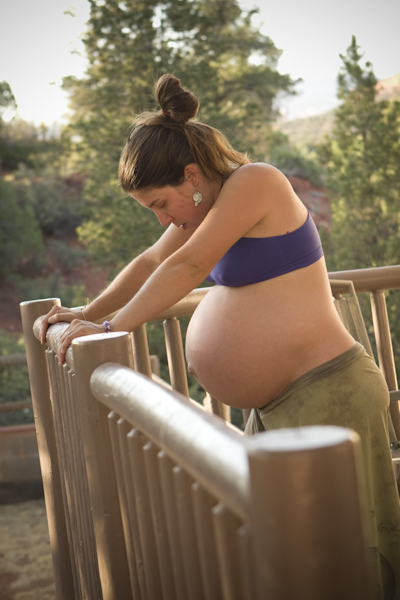 51].
51].
The birth of a person, his further destiny, modeling of the life path of a child, which take place in the verbal and actional aspects of the ongoing rituals of the children's cycle, are presented in the native ritual and accompanying texts. In carrying out these rituals, we can see the coexistence of archaic pagan beliefs, as well as religious ideas that have shamanic and Buddhist roots.
According to the mythological notions of the Chinese Tuvans, the soul-tyn of a child is closely connected with its placenta and umbilical cord. Therefore, their "storage" in
About assistance in childbirth, or how it is customary for a woman to interfere in childbirth.
Most women who are expecting a baby, with very, very few exceptions, will say that assistance in childbirth is a must. And this is understandable, a woman's need for help and support is quite understandable: pregnancy and childbirth are big changes in the structure of all life, in physical and emotional states. And ahead - the unknown.
And ahead - the unknown.
And here society comes to the rescue with its views, concepts, ideas about how to give birth to children correctly. Almost every culture in the world has its own myths and ideas about pregnancy and childbirth. They offer many examples of how to help a woman during this period of her life. And then a lot of different assistants appear - from people in "white coats" to long-haired beauties with tambourines, who are ready to offer a variety of help. What is this special period - pregnancy and childbirth, when culture is especially interested in participating in this process, introducing its ideas about the right person? Analyzing obstetric experience, many women's stories, it is interesting to understand what drives these people (with different views, concepts and beliefs) who offer their help to women in childbirth.
Over the past 20 years, one could observe an interesting trend of confrontation between different concepts of "correct obstetrics" - how and where to give birth, and what kind of help a woman in labor needs. In 1979, the first child was born in Russia in the water, during one of the summer expeditions of Igor Charkovsky in the Crimea. I mean, these were the first conscious births not in a maternity hospital, because in the vast expanses of our country there were home births (we didn’t have time to get to the maternity hospital or there was no medical help nearby, or the birth happened in a remote settlement where this was considered a matter of no medical). My obstetrics teacher, for example, described to me her practice as a young doctor among the peoples of the Far North. When she, taking a suitcase with a red cross, ran to the tent to the woman giving birth, she was asked to wait at the entrance so as not to interfere. She was never allowed near the woman giving birth, and she observed a local way of intensifying labor pains - the woman tickled the root of the tongue with the tip of the scythe, causing a gag reflex. It was so accepted there, only to observe and not to disturb.
In 1979, the first child was born in Russia in the water, during one of the summer expeditions of Igor Charkovsky in the Crimea. I mean, these were the first conscious births not in a maternity hospital, because in the vast expanses of our country there were home births (we didn’t have time to get to the maternity hospital or there was no medical help nearby, or the birth happened in a remote settlement where this was considered a matter of no medical). My obstetrics teacher, for example, described to me her practice as a young doctor among the peoples of the Far North. When she, taking a suitcase with a red cross, ran to the tent to the woman giving birth, she was asked to wait at the entrance so as not to interfere. She was never allowed near the woman giving birth, and she observed a local way of intensifying labor pains - the woman tickled the root of the tongue with the tip of the scythe, causing a gag reflex. It was so accepted there, only to observe and not to disturb.
Late 70's early 80's - birth boom, there was not enough time and hands for doctors and midwives, maternity hospitals looked like a conveyor belt for taking children out of women.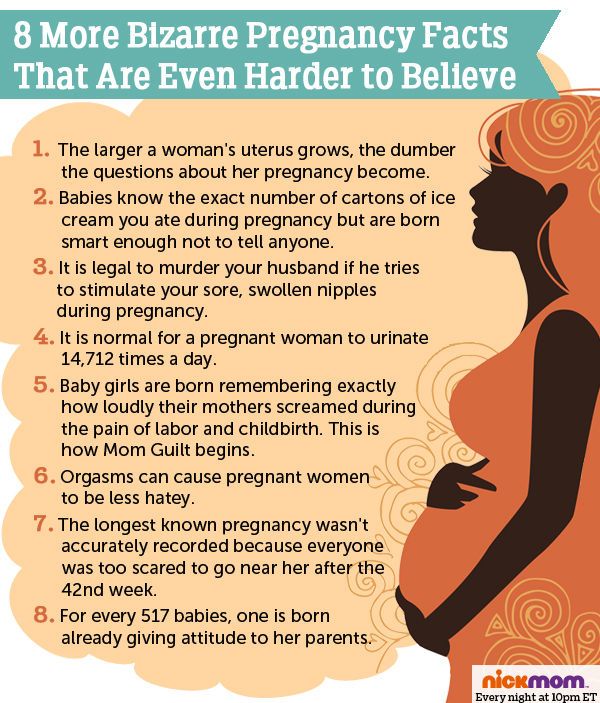 Prior to this, no one raised a flag with the slogan "Birth is not in the maternity hospital, only at home!". Therefore, the ground for the birth of a new protest movement was very grateful, and many women, frightened by the experience of childbirth in the maternity hospital, went on the "warpath". The war was, of course, sacred, women defended their right to give birth without aggression and violence. In general, it was a struggle for their female happiness. This is how the first home births appeared, then home birth assistants, most of whom did not have any medical knowledge.
Prior to this, no one raised a flag with the slogan "Birth is not in the maternity hospital, only at home!". Therefore, the ground for the birth of a new protest movement was very grateful, and many women, frightened by the experience of childbirth in the maternity hospital, went on the "warpath". The war was, of course, sacred, women defended their right to give birth without aggression and violence. In general, it was a struggle for their female happiness. This is how the first home births appeared, then home birth assistants, most of whom did not have any medical knowledge.
From personal experience
I am from there, my first completely physiological birth took place in 1988 in the 4th maternity hospital in Moscow. In general, everything ended well. Only some very large-sized man fell on my stomach at the most crucial moment, doing his hard work of squeezing out babies. Moreover, my reverent youthful perception did not like the sense of humor and cynicism of the various people present at my birth. As usual, no one put the baby to the chest, and with a feeling of dreary hopelessness I listened to the cries of my newborn son for 2 hours lying on a cold gurney in the corridor. And there were many similar impressions from staying in the maternity hospital ... In general, I was offended! Based on the results of today, I understand that I was offended greatly! And after a little over a year, having learned about her new pregnancy, she went to look for other options and opportunities to give birth. I will not delve into this story, I can say that my second birth at 19The 90th year has already passed at home, with my husband. And after these births, I was convinced that someone had deceived me very much! Because it turned out to be great to give birth, and I have never received so much pleasure in such a short period of time. I loved giving birth! About the same way my third child was born three years later. During this time, I managed to turn from a mother intoxicated with my happiness into a self-confident midwife, sincerely and diligently saving female humanity.
As usual, no one put the baby to the chest, and with a feeling of dreary hopelessness I listened to the cries of my newborn son for 2 hours lying on a cold gurney in the corridor. And there were many similar impressions from staying in the maternity hospital ... In general, I was offended! Based on the results of today, I understand that I was offended greatly! And after a little over a year, having learned about her new pregnancy, she went to look for other options and opportunities to give birth. I will not delve into this story, I can say that my second birth at 19The 90th year has already passed at home, with my husband. And after these births, I was convinced that someone had deceived me very much! Because it turned out to be great to give birth, and I have never received so much pleasure in such a short period of time. I loved giving birth! About the same way my third child was born three years later. During this time, I managed to turn from a mother intoxicated with my happiness into a self-confident midwife, sincerely and diligently saving female humanity.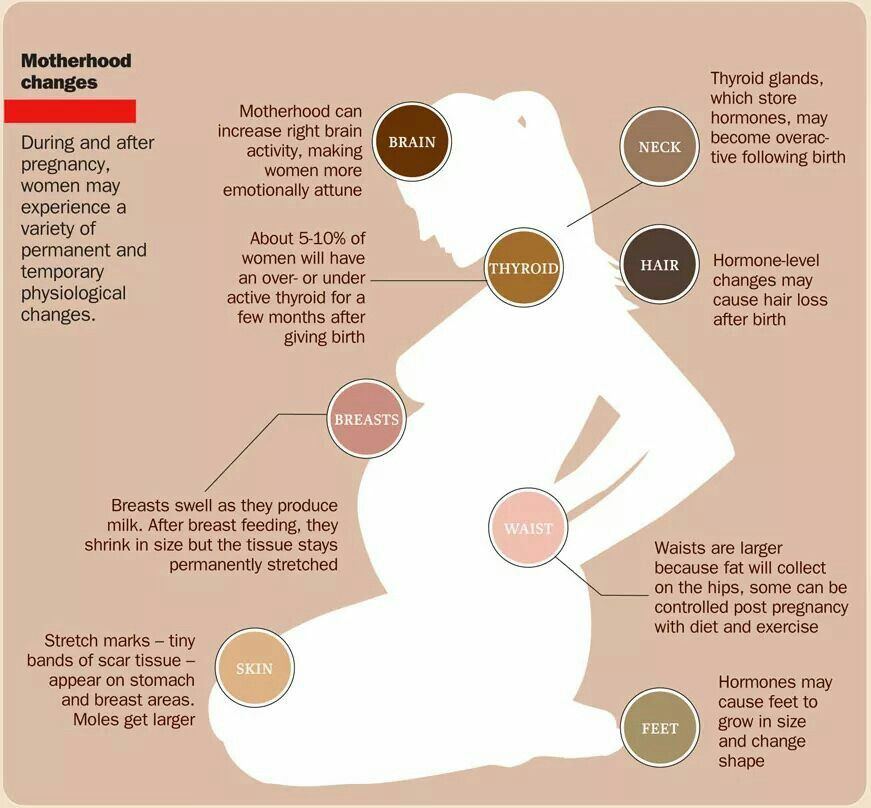 I will not introduce myself longer, because this text is posted on the CTA website, if you are reading it, you already know the continuation of the “history” - the creation of a club for parents first, then, in 2002, the Garden Center, which was renamed Center for Traditional Obstetrics.
I will not introduce myself longer, because this text is posted on the CTA website, if you are reading it, you already know the continuation of the “history” - the creation of a club for parents first, then, in 2002, the Garden Center, which was renamed Center for Traditional Obstetrics.
Now, having a long experience of immersion in obstetrics, I understand very well that almost any system of obstetric care is based on the intervention of other people in the birth process. Childbirth is a sacred process, very intimate, opening up a space where life and death merge into one element that lives in the body of a woman. Childbirth is a manifestation of power, the birth of a new life!
I know many stories of different people making midwifery part of their lives. There is no such person who would consciously come into this profession and say that he does not like childbirth. And it's no secret that obstetrics, if it's not a hobby, is hard work. So what is "leading" these people? I remember how, having arrived with my colleague Veronika Nazarova to the clinic in Cambridge to get acquainted with the device of English obstetric care, we talked with one of the midwives.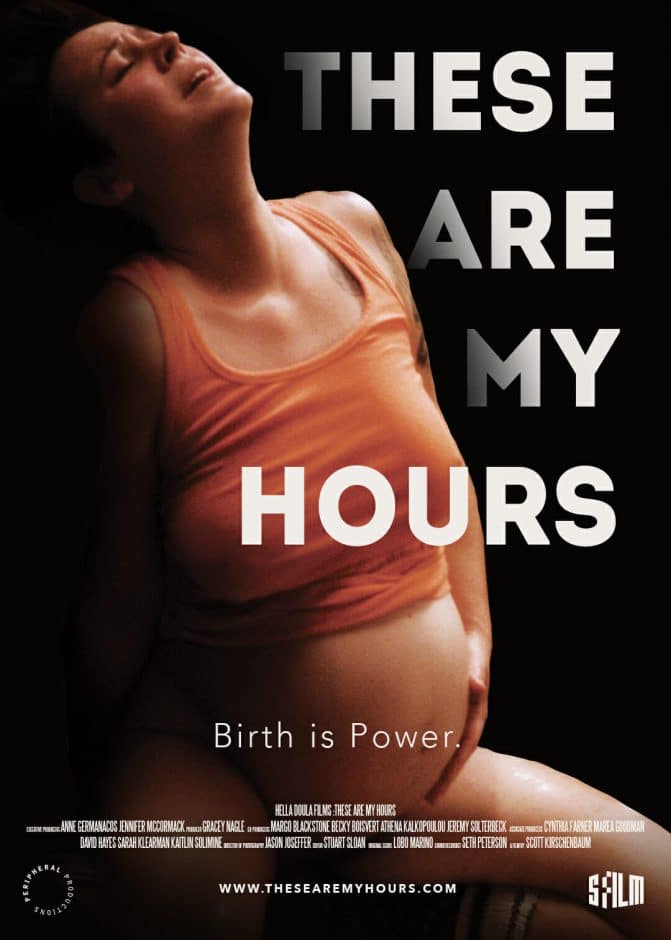 She told the story of her life - she had a disabled child, and she decided to devote her life to obstetrics in order to save women from mistakes in childbirth. Many come to this profession from the student bench, someone through personal life experience. But in any case, making such a choice, one must have an inner desire and determination to touch the sacred part of a person's life. Many admit that childbirth is like a drug. Without them, life is no longer conceivable. Perinatal psychologists study this phenomenon and explain some patterns of practice and internal motivation of specialists. That is, one must understand that if any person came to obstetrics, it means that he realizes some kind of his inner interest in this practice. Implements something OWN.
She told the story of her life - she had a disabled child, and she decided to devote her life to obstetrics in order to save women from mistakes in childbirth. Many come to this profession from the student bench, someone through personal life experience. But in any case, making such a choice, one must have an inner desire and determination to touch the sacred part of a person's life. Many admit that childbirth is like a drug. Without them, life is no longer conceivable. Perinatal psychologists study this phenomenon and explain some patterns of practice and internal motivation of specialists. That is, one must understand that if any person came to obstetrics, it means that he realizes some kind of his inner interest in this practice. Implements something OWN.
How is OWN formed? You can climb into the jungle and talk about personal experience - living childbirth and pregnancy - stored in the bottomless bins of the unconscious. You can talk about the relationship with your mother, problems in the family at an early age, and so on and so forth, and there is no end to it.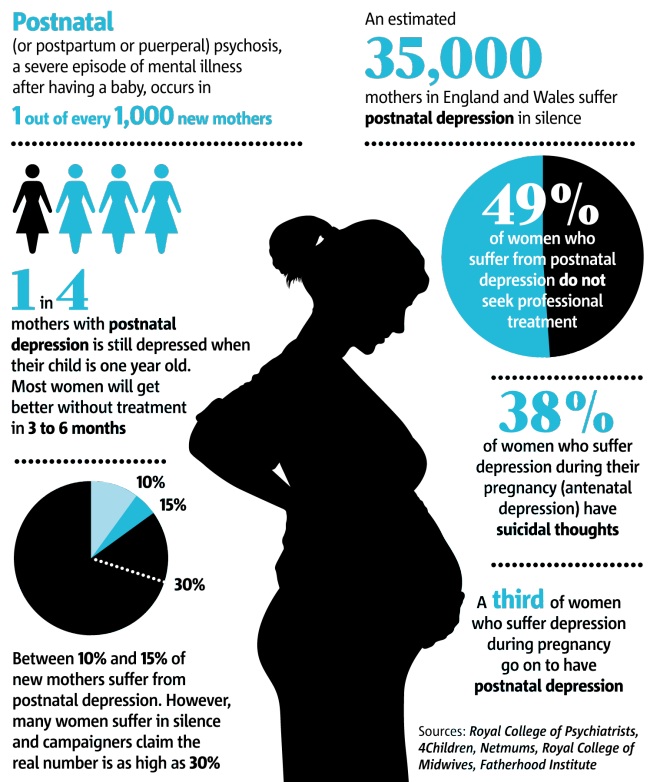 The main thing to understand is that through YOUR (feeding on the past of a person) the ego is realized, and this is always self-affirmation of oneself. It does not matter if you remember the difficult obstetric experience in the first years of practice. I have heard from doctors more than once that it is enough to see a serious complication in obstetrics once, as it becomes impossible to relax in childbirth. Or is it the euphoria of a doula from her own childbirth, which says - “obstetric complications are a myth, all these horror stories were invented by evil doctors!”.
The main thing to understand is that through YOUR (feeding on the past of a person) the ego is realized, and this is always self-affirmation of oneself. It does not matter if you remember the difficult obstetric experience in the first years of practice. I have heard from doctors more than once that it is enough to see a serious complication in obstetrics once, as it becomes impossible to relax in childbirth. Or is it the euphoria of a doula from her own childbirth, which says - “obstetric complications are a myth, all these horror stories were invented by evil doctors!”.
When a person begins to speak and insist on HER own experience, the woman giving birth becomes a tool for realizing the ego of the helper (doula, midwife, etc.). And this applies to both the desire to anesthetize without indications, to stimulate when you can take your time, and the desire to press some virtual points on a woman’s body, to smoke miraculous aromas, in general, to somehow shaman - this is all from the uncertainty of the assistant himself, from his fears, from his desire to stand on the pedestal of the savior of mankind.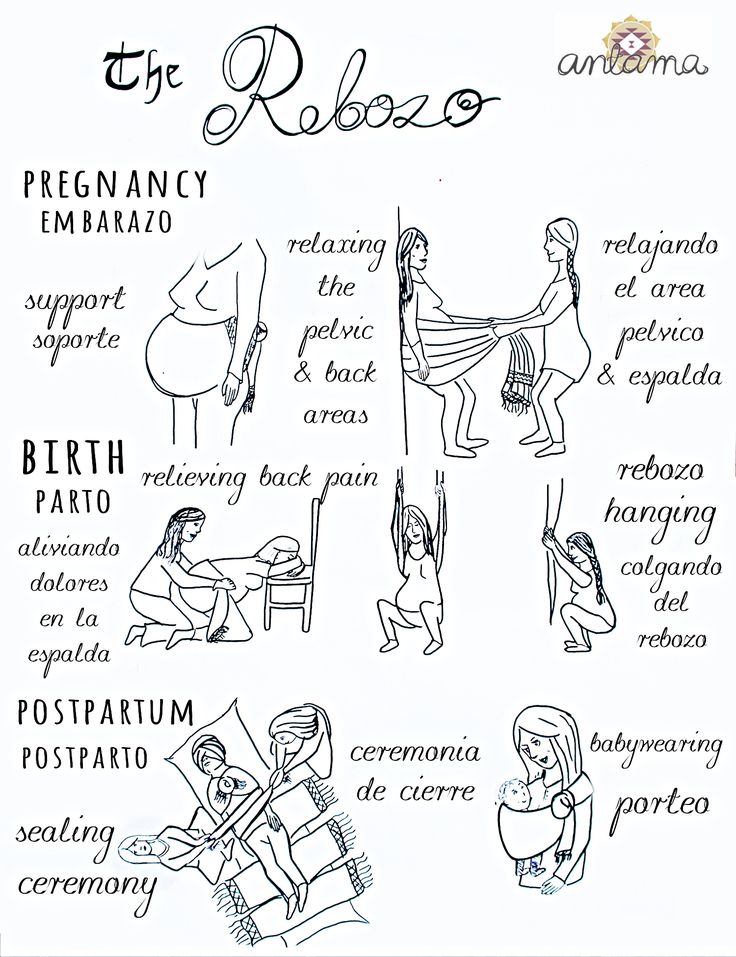 Moreover, success is guaranteed, the child is still born! And with it a lot of oxytocin - the hormone of love! And here compassionate assistants turn on their activity, distracting the woman from the child, as if reminding “I'm here, love me!”. And the grateful nature says a sincere “thank you” through the eyes and lips of a happy woman (thereby strengthening the confidence of the assistants in their exclusivity and talents). And the most annoying thing is when, due to the active desire of these "helpers" to save the birth, the process slows down, the birth becomes difficult, and the helpers rub their hands, realizing that their daylight hour has come - they need to be saved. Unfortunately, such situations occur frequently. What can you advise specialists and assistants? Serve not YOURSELF, but turn on your rational mind and remember that all the achievements of modern medicine have not helped humanity get rid of illnesses and deaths, that the process of functioning of the human body remains a mystery to modern science.
Moreover, success is guaranteed, the child is still born! And with it a lot of oxytocin - the hormone of love! And here compassionate assistants turn on their activity, distracting the woman from the child, as if reminding “I'm here, love me!”. And the grateful nature says a sincere “thank you” through the eyes and lips of a happy woman (thereby strengthening the confidence of the assistants in their exclusivity and talents). And the most annoying thing is when, due to the active desire of these "helpers" to save the birth, the process slows down, the birth becomes difficult, and the helpers rub their hands, realizing that their daylight hour has come - they need to be saved. Unfortunately, such situations occur frequently. What can you advise specialists and assistants? Serve not YOURSELF, but turn on your rational mind and remember that all the achievements of modern medicine have not helped humanity get rid of illnesses and deaths, that the process of functioning of the human body remains a mystery to modern science. That the process of cognition of the mystery takes place within the seeker himself, and not in anatomy textbooks, although in many respects thanks to them. If we become seekers of this mystery of Life, then first, having accumulated and curbed all our knowledge and experience in ourselves, relying largely on them, we observe - with our eyes, heart and mind. And already from this observation, understanding is born both in general and in each specific case. Therefore, it is more grateful to be a Seeker and not a Helper.
For women. On the way to childbirth.
Things to think about now before labor starts or a "safety system" against aggressive interference.
- Beware if the Specialist Assistant divides the midwifery world into different camps and promises you a boon if you stick to their camp. For example, “it is necessary to give birth only with epidural anesthesia” or “normal women do not give birth in water” or “normal women give birth only at home”.
- Beware of the manipulation of fear.
 For example, “if you don’t do what I say, then everything will be bad for you.” Although health complications certainly happen, but when making decisions, one should always be guided by common sense (see research results, ask for numbers, be interested in the percentage of possible complications in this situation), and not fear. You can always get opinions on this situation from other independent experts. If time permits. But you don’t have to ask your friends if the doctor is right. Ask another doctor if you need two.
For example, “if you don’t do what I say, then everything will be bad for you.” Although health complications certainly happen, but when making decisions, one should always be guided by common sense (see research results, ask for numbers, be interested in the percentage of possible complications in this situation), and not fear. You can always get opinions on this situation from other independent experts. If time permits. But you don’t have to ask your friends if the doctor is right. Ask another doctor if you need two. - If a specialist rests too much on his experience and uniqueness: for example, he says “the time will come, I will give birth to you” or “don’t worry, I have magic homeopathy, aromatherapy, I know the right points - everything will be natural!”. If you hear such texts, be sure that the assistant is not a professional either in homeopathy or in other areas of traditional medicine.
- If the specialist has a "wonderful technique" to improve people. For example, he says “special babies are born in the water” or “there are special exercises for babies (baby yoga, etc.
 ) that will make your child special.” Such “specialists in improving” perfectly healthy children are vicious, communication with them is a test of future parents for their own importance. “If I didn’t manage to be unique, then we’ll make a baby!”
) that will make your child special.” Such “specialists in improving” perfectly healthy children are vicious, communication with them is a test of future parents for their own importance. “If I didn’t manage to be unique, then we’ll make a baby!” - If you are guided by a sense of your own inferiority or fear, if you are looking for authorities or wizards, if you want to prove to the whole world that you are right, then you can make a mistake in choosing an assistant.
But if you sincerely love your nature, the body as it is, you don’t want to prove anything to anyone by your childbirth, if you don’t strive to have some kind of special childbirth (for example, only natural or water or with PDA or caesarean section, etc. .), understand that you will give birth, and not the assistant, then you are following in the right direction! And ahead of you is a unique experience of getting to know yourself, with the Life that enlivens each of us, with joy inseparable from Life.